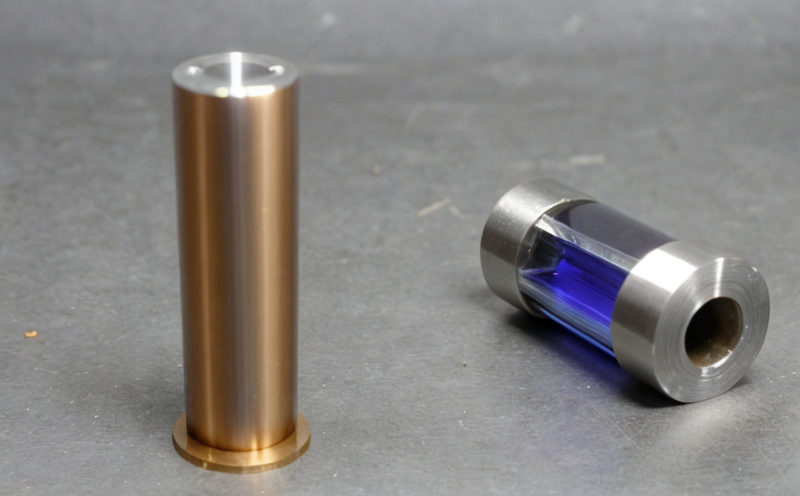ISO 5077 Textiles Determination of dimensional change in washing and drying
The determination of dimensional change in textiles following washing and drying is a critical quality control test that ensures the durability and performance of fabric products. ISO 5077:1984 outlines the procedure for measuring the dimensional changes of fabrics after they have been subjected to specified conditions of washing and drying. This standard provides a standardized approach, ensuring consistency in testing across different laboratories.
The primary application of this test involves assessing how textiles retain their shape and size during routine household laundering, which is crucial for fabric durability and consumer satisfaction. The test is particularly important for manufacturers and suppliers who need to ensure that their products meet specific dimensional stability requirements without compromising on comfort or fit.
During the testing process, samples are prepared according to ISO 5077:1984. This involves cutting specimens from fabric pieces in accordance with predetermined dimensions. The specimens are then subjected to washing and drying cycles under controlled conditions that mimic typical consumer use. After processing, the specimens undergo precise measurement of their length and width before and after treatment.
The dimensional changes are calculated using straightforward mathematical formulas provided within ISO 5077:1984. These calculations help in understanding the extent to which washing and drying affect fabric dimensions. Understanding these parameters allows manufacturers to make informed decisions about material selection, processing techniques, and finishing treatments.
For weavers and textile producers, this test ensures that their products maintain optimal performance post-treatment. The results of ISO 5077 testing are used by quality managers for compliance with industry standards and consumer expectations. Compliance officers rely on the consistency provided by these tests to ensure that products meet regulatory requirements.
R&D engineers benefit from detailed insights into fabric behavior under different conditions, which can lead to innovations in material science and processing methods. Procurement teams use this information when selecting suppliers who adhere to strict quality control measures.
The significance of ISO 5077 lies not only in its role as a standard but also in its contribution towards sustainable practices within the textile industry. By ensuring that fabrics retain their size and shape, unnecessary waste is minimized during manufacturing processes. Additionally, it promotes better resource utilization by reducing the need for frequent replacements due to reduced fabric longevity.
Implementing ISO 5077 testing ensures that products meet international standards set forth by organizations like ISO (International Organization for Standardization). Compliance with such standards enhances brand reputation and customer trust, ultimately leading to increased market share and profitability. In summary, adherence to this standard provides textile manufacturers a competitive edge in the global market.
Understanding the importance of dimensional stability testing is key to maintaining product quality throughout its lifecycle. By implementing ISO 5077:1984 into production processes, companies can ensure that their products not only meet but exceed customer expectations regarding durability and performance post-treatment.
Why Choose This Test
Selecting the correct testing method for your textile needs is essential to achieving accurate results. ISO 5077 provides a standardized approach, ensuring consistency in measuring dimensional changes after washing and drying. This standard offers several benefits that make it an ideal choice:
- Consistency: It ensures uniformity across various laboratories, which is crucial for reliable data.
- Affordability: The test does not require specialized equipment or complex procedures, making it cost-effective for businesses of all sizes.
- Precision: The precise measurements provided by ISO 5077 help manufacturers fine-tune their production processes to enhance fabric quality.
- Regulatory Compliance: Adherence to international standards enhances compliance with industry regulations and helps build consumer trust.
- Sustainability: By ensuring fabrics retain their size and shape, this test contributes towards sustainable practices within the textile industry.
- Innovation: Engineers can use detailed insights into fabric behavior under different conditions to innovate in material science and processing methods.
- Supplier Selection: Procurement teams can choose suppliers who adhere strictly to quality control measures, ensuring consistent product performance.
These advantages make ISO 5077 an indispensable tool for textile manufacturers aiming to maintain high standards of quality and reliability in their products. Choosing this test guarantees accurate results while promoting sustainable practices within the industry.
Quality and Reliability Assurance
The adoption of ISO 5077:1984 plays a pivotal role in maintaining consistent product quality throughout various stages of textile production. This standard ensures that fabrics undergo rigorous testing to assess their dimensional changes following washing and drying cycles, thereby contributing significantly to reliability assurance.
Manufacturers benefit from the precision offered by ISO 5077 when fine-tuning their production processes to enhance fabric quality. The standardized approach provided by this international standard eliminates variability in measurements across different laboratories, leading to more accurate data points for decision-making purposes.
Compliance with ISO 5077 enhances regulatory compliance and builds consumer trust, which is essential for maintaining a positive brand reputation. By adhering strictly to the guidelines set forth by this standard, businesses can ensure that their products meet international standards while also contributing towards sustainable practices within the textile industry.
The reliability of results obtained through ISO 5077 testing cannot be overstated. The precision and consistency provided by this method make it a preferred choice among quality managers and compliance officers responsible for ensuring product performance meets specified criteria.
For R&D engineers, understanding fabric behavior under different conditions enables them to innovate in material science and processing methods. Additionally, procurement teams can select reliable suppliers based on strict adherence to quality control measures, resulting in consistent product performance across all stages of production.
In summary, implementing ISO 5077:1984 into textile manufacturing processes ensures that products not only meet but exceed customer expectations regarding durability and performance post-treatment. This commitment to maintaining high standards of quality and reliability enhances brand reputation and contributes significantly towards sustainable practices within the industry.





